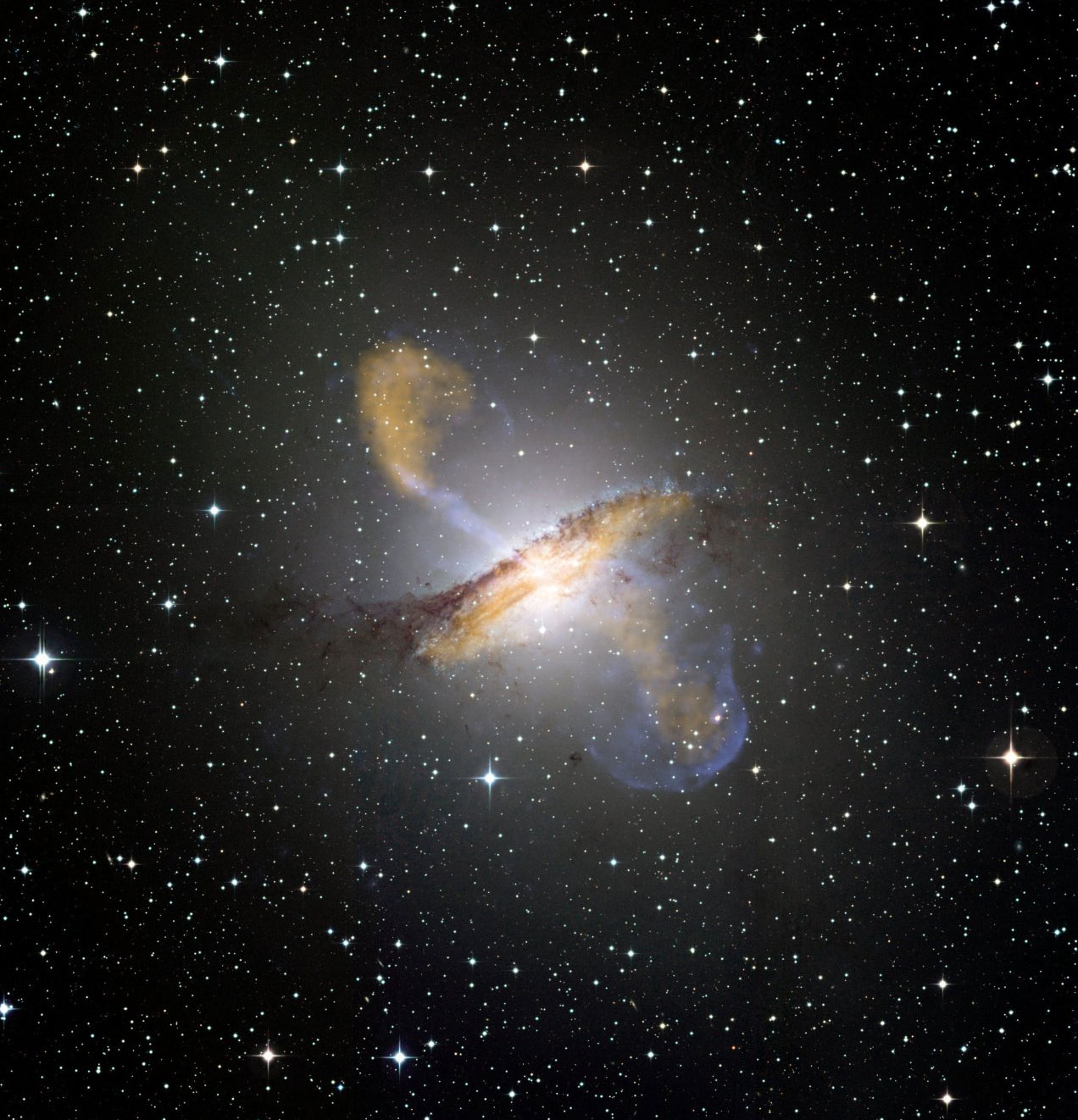The year 2013 is not particularly exciting as far as eclipses are concerned But at the end of the year we'll get a chance to witness a rare event. On the 3rd November 2013 there is going to be a hybrid solar eclipse. Now before i go into detail let me first explain what a hybrid solar eclipse really is. A total solar eclipse is the one in which the moon completely obscures the bright light of the Sun in such a way that the solar corona becomes extremely faint. An annular eclipse is the one in which the Earth is at such a distance from the Sun, that the Relative size of the Sun appears to be larger than the moon. Hence the Sun appears as a very bright ring,(as shown in the above picture). Whereas a hybrid eclipse is the one in which from some points on the Earth it's visible as a total eclipse whereas from other points it appears as an annular eclipse. The last hybrid eclipse had occurred on 8th April 2005. The Sun would be located in the Libra constellation. Partial solar eclipse would begin at 19:38 (UTC), total solar eclipse at 20:35 (UTC), greatest eclipse at 22:13(UTC), total end 23:48(UTC) and partial end at 0:45(UTC).
(These are the places from where the eclipse would be visible)
For more information on eclipses go to -http://eclipse.gsfc.nasa.gov/eclipse.html









